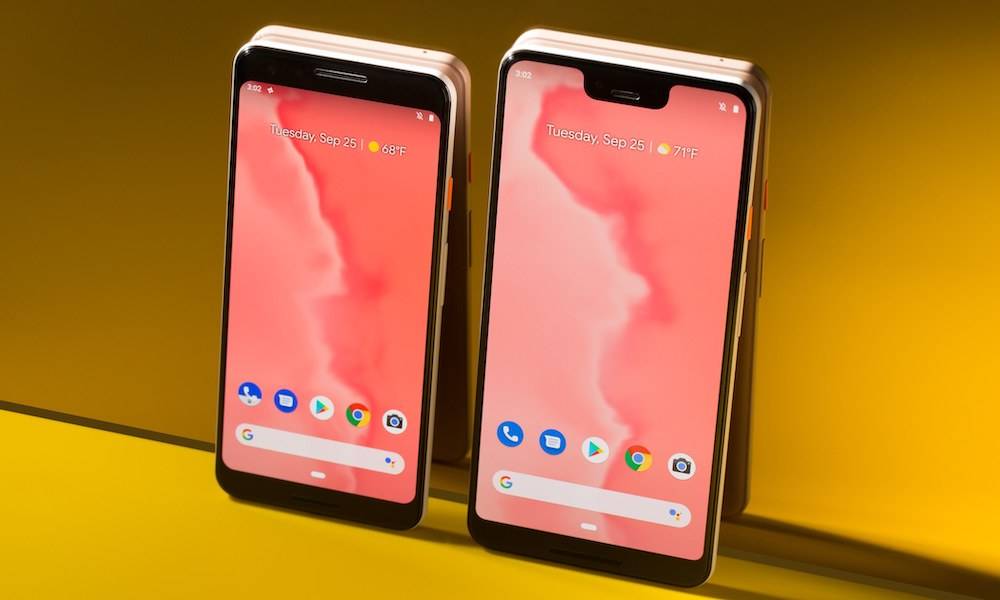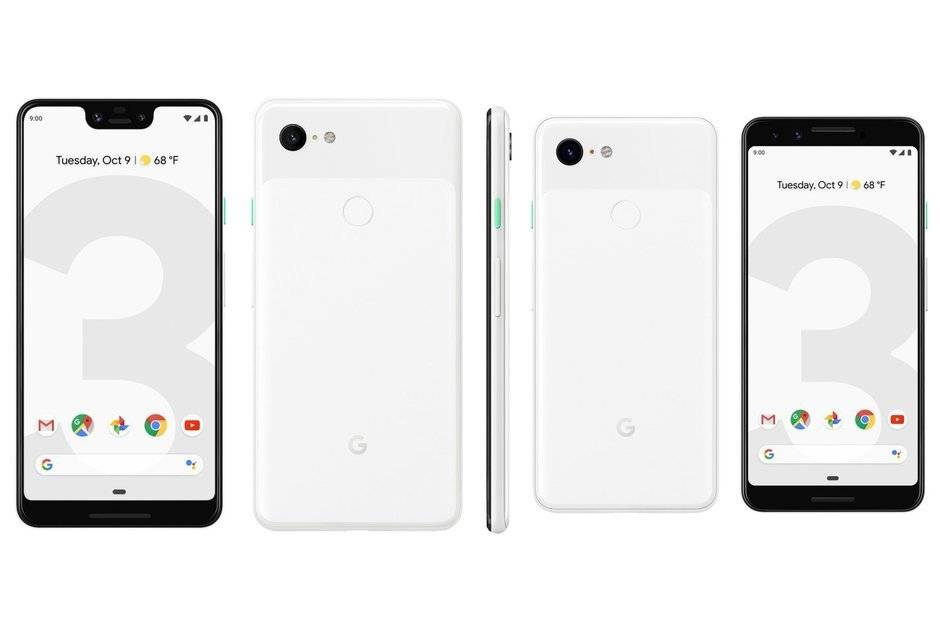Google Just Launched the Pixel 3 to Take on the iPhone XS (But Can It?)
 Credit: WIRED
Credit: WIRED
Toggle Dark Mode
Google today officially took the wraps off of its Pixel 3 and Pixel 3 XL smartphones. And those devices represent what is, perhaps, the least surprising launch this year.
To be clear, that’s largely because the 2018 Pixel lineup has been what’s likely the most leaked smartphone ever — up to a full unboxing video three days before its official launch.
But even if you’ve been sheltered from the last couple weeks of leaks, you probably already know what to expect from the Pixel: a clean and sparse hardware/software experience, a killer set of cameras and AI features.
One of the more significant updates to the Pixel lineup is a revamped and larger form factor.
The smaller Pixel sports a 5.5-inch display with a fairly large top bezel and chin (by today’s flagship standards). The Pixel XL 3, with a 6.3-inch display, enters the notch territory with an unarguably obtrusive and clunky notch along with a similarly large chin bezel.

Both devices are relatively squat in appearance, partly due to their new aspect ratios: 18:9 for the Pixel and 18:5:9 for the Pixel 3 XL.
They come in cheekily named finishes like Just Black, Clearly White and Not Pink, with the small little accents and details you’ve come to expect.

But their design doesn’t represent any radical departure from the characteristically spartan aesthetic of previous Pixel phones.
- On the hardware front, the devices pack Snapdragon 845 and 4GB of RAM.
- They’ll come in 64GB and 128GB storage configurations and are rated at IP68 for dust- and water-resistance.
- For the first time, the Pixel lineup will also sport wireless charging, thanks to the all new glass backing.
Compared to the likes of Samsung and Apple, that may not sound all that impressive. But if you’re getting a Pixel phone, you know that it’s the software (not the hardware) that continues to be the Pixel lineup’s strong suit.
That, however, is not the case for the Pixel’s cameras, which many reviewers have touted as the best smartphone cameras on the market.
This year, both Pixel devices will continue to sport a single-lens rear-camera setup but will pack two front-facing and wide-angle selfie cameras — which Google says helps the device capture 184 percent more of the scene than the iPhone XS.
Aside from that, it’s clearly the software and artificial intelligence endeavors that Google is boasting about with its new devices. Both devices will launch running Google’s latest Android 9.0 Pie.
Google also says its AI platforms, Google Assistant included, can improve the entire phone experience — from how images are taken, to how you search for queries.
That includes a number of AI-powered camera features like:
- “Top Shot,” which can tell you the best time to take a picture.
- “Night Sight,” which improves low-light captures.
- And “Super Res Zoom,” which apparently makes up for the fact that the Pixel still doesn’t have lossless optical zoom capabilities.
Another notable change: price. The Google Pixels are moving into the realm of premium-tier pricing. The smaller Pixel 3 will start at $799, while the 3 XL will start at $899. They officially hit the market on Oct. 17 in the U.S.






